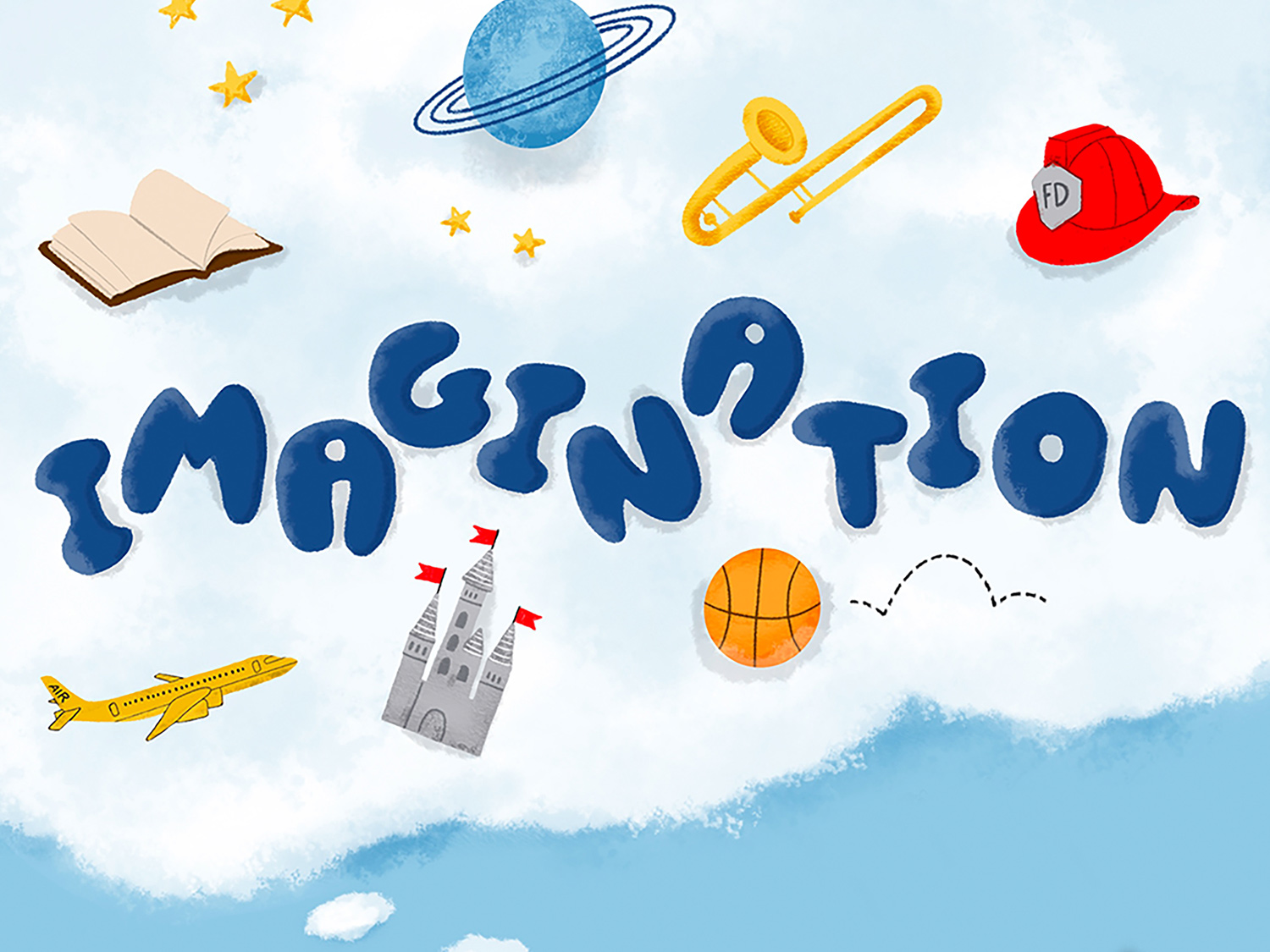Imagination is what fuels our desire to learn. As children, we imagine exciting things like unicorns and dragons, create complex worlds, and fantasize about what we want to be when we grow up. Learning to cultivate imagination benefits overall child development in a variety of ways.
For instance, fostering imagination from an early age helps build problem solving skills and promotes creative thinking and language development. It also lays the foundation for social development as children learn creative play with others.
For its 100th anniversary, Scholastic spoke with experts to identify a set of books, articles, and tips that make starting a conversation with your child about imagination easy and informative. These resources are part of a broader initiative, called the Scholastic Bookshelf, created for Instagram to raise awareness around contemporary issues affecting children today.
Books for Your Child’s Imagination
Early childhood education teaches us that sparking your child’s imagination starts with play. Encouraging pretend play, like role playing during unstructured playtime gives your child the opportunity to discover on their own. Another effective way to foster imaginative play is through books rich in fantasy elements.
Where the Wild Things Are is a classic story about a boy named Max who uses his own imagination to transform his bedroom into a magical forest. He joins in on a Wild Rumpus with the Wild Things after he’s sent to bed early. Max’s ability to create an entire intricate world purely with his imagination is sure to encourage your child to try it out for themselves.
Perfect for older readers ages 9 to 12, The Invention of Hugo Cabret is an enchanting story about an orphan boy who lives behind a clock at a Paris train station. Hugo’s anonymous life is threatened when he meets an eccentric girl and a bitter old man who need his help solving a mystery at the peril of having his secrets come to light. This problem-solving page turner is sure to spark imaginative thinking.
Meanwhile, Share Your Smile, also for readers ages 9 to 12, is the perfect opportunity to let your child’s imagination and creative ability shine. This fill-in-the-blank graphic novel-style journal gives kids the chance to tell their own story — whether real or imagined — with their own graphic novel cell templates. The possibilities are endless!
For more ways to spark their imagination during read-aloud time, here are a few questions to ask your child as you explore a book together.
Articles About Children’s Imagination
For mesmerizing, real-world examples of the power of imagination, delve into how a child’s creativity intersects with STEAM concepts, like art, math, and science, in "Inspiration to Innovation" from Scholastic Art magazine.
Visit the Scholastic Bookshelf for more resources on imagination, child development, and other must-discuss topics. If you’d like additional resources on how to talk to your child about other complex topics and seek tips or book recommendations, we invite you to visit our Tough Topics hub. You’ll find a wealth of advice from Scholastic editors to help you navigate challenging conversations thoughtfully. Recent topic additions include:
Shop more books about imagination and fantasy worlds below! You can shop all books and activities at The Scholastic Store.




